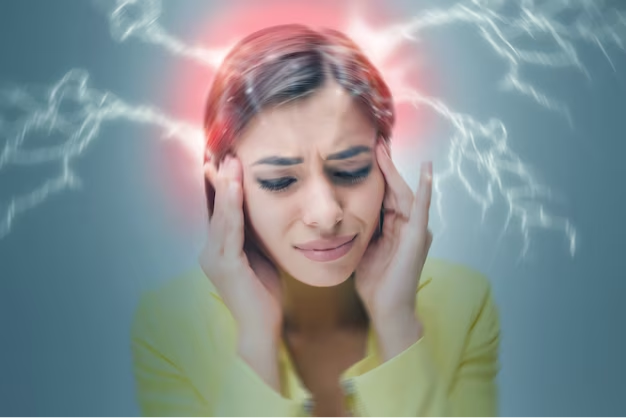Other
Unraveling the Mystery: Understanding Migraines and Their Impact
December 2023
Introduction
Migraines are not just severe headaches; they are complex neurological events that affect millions of people worldwide. They can be debilitating, disrupting daily life and causing significant discomfort. In this article, we will delve into the world of migraines, exploring their causes, symptoms, treatment options, and how to manage this often-misunderstood condition.
What Are Migraines?
Migraines are a type of headache disorder characterized by recurrent, intense headaches that typically affect one side of the head. They can last for hours to days and are often accompanied by other symptoms. Migraines are not limited to head pain; they involve a cascade of neurological and vascular events.
Understanding the Symptoms
Migraines present a range of symptoms, which can vary from person to person. Common migraine symptoms include:
- Pulsating or Throbbing Pain:This is often the hallmark of a migraine headache.
- Severe Head Pain: The intensity of a migraine headache can be incapacitating.
- Nausea and Vomiting:Many migraine sufferers experience nausea, and some may vomit during an attack.
- Sensitivity to Light (Photophobia): Light can worsen the pain and discomfort during a migraine.
- Sensitivity to Sound (Phonophobia): Noise can be intolerable during a migraine episode.
- Auras: Some individuals experience auras before or during a migraine. Auras are visual disturbances, such as flashing lights or blind spots, and may be accompanied by sensory or motor disturbances.
Causes and Triggers
The exact cause of migraines is not completely understood, but they are believed to be the result of complex interactions between genetic and environmental factors. Common migraine triggers include:
- Hormonal Changes: Hormonal fluctuations, such as those occurring during menstruation or menopause, can trigger migraines in some individuals.
- Diet: Certain foods and drinks, such as aged cheese, alcohol, and caffeine, can trigger migraines in sensitive individuals.
- Stress: High-stress levels and emotional upheaval are well-known migraine triggers.
- Sensory Stimuli: Bright lights, loud noises, and strong odors can initiate or worsen a migraine.
- Sleep Patterns:Changes in sleep patterns, including insufficient or excessive sleep, can be a trigger.
- Weather Changes: Shifts in weather or barometric pressure may trigger migraines in some people.
Treatment and Management
While there is no cure for migraines, several treatment options can help alleviate the pain and manage the condition:
- Medications: Over-the-counter pain relievers and prescription medications, such as triptans, can be effective in reducing the severity and duration of migraines.
- Lifestyle Changes: Identifying and avoiding triggers, getting regular sleep, and managing stress can help reduce the frequency and intensity of migraines.
- Cognitive Behavioral Therapy (CBT): CBT is a type of talk therapy that helps individuals identify and manage the stress and triggers that contribute to migraines.
- Alternative Therapies: Some people find relief through relaxation techniques, acupuncture, or biofeedback.
Conclusion
Migraines can be challenging to manage, but with proper understanding and the right treatment strategies, many individuals can significantly improve their quality of life. If you or someone you know experiences frequent migraines, it's important to seek medical advice for proper diagnosis and treatment. Migraine management is about more than just pain relief; it's about regaining control of your life and finding relief from the often-debilitating symptoms.

